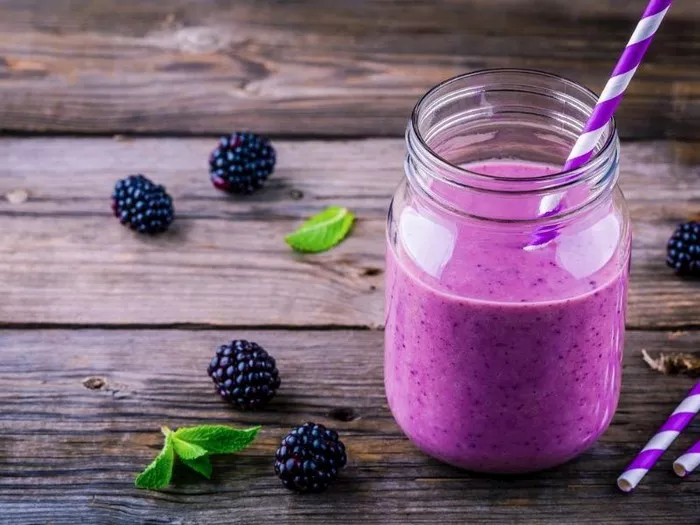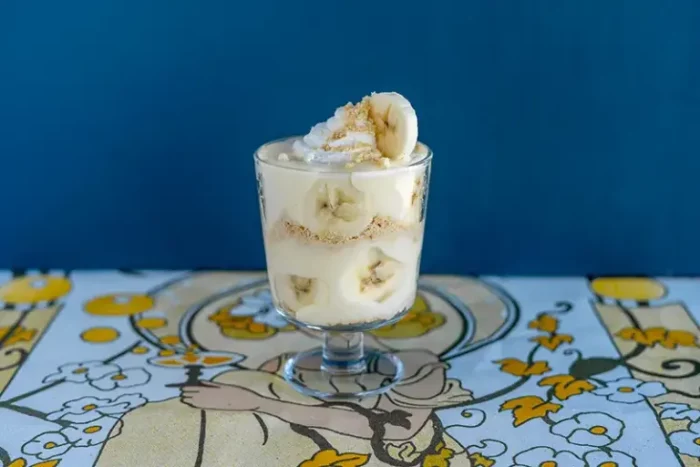Peanut butter cookies are a timeless treat that brings joy to both children and adults alike. Their rich, nutty flavor and soft, chewy texture make them an irresistible snack. What’s more, they are relatively easy to make, even for those who are new to baking. One of the best parts about peanut butter cookies is that they can be prepared without eggs, making them suitable for various dietary restrictions and preferences. In this article, we’ll walk you through the step-by-step process of making delicious peanut butter cookies without eggs. We’ll cover everything from gathering your ingredients to baking and enjoying your cookies.
Ingredients
Before you start baking, you’ll need to gather a few essential ingredients. Here’s a list of what you’ll need:
- 1 cup peanut butter (smooth or crunchy, based on your preference)
- 1/2 cup granulated sugar
- 1/2 cup packed brown sugar (light or dark, your choice)
- 1/2 cup unsalted butter, softened
- 1 teaspoon vanilla extract
- 1 teaspoon baking soda
- 1/4 teaspoon salt
- 1 1/4 cups all-purpose flour
Equipment
In addition to your ingredients, you’ll need some basic baking equipment. Here’s a list of what you’ll need:
- Mixing bowls
- Electric mixer or whisk
- Measuring cups and spoons
- Spatula
- Baking sheets
- Parchment paper or silicone baking mats
- Cooling rack
Step-by-Step Instructions
Now that you have all your ingredients and equipment ready, let’s dive into the recipe.
Step 1: Preheat Your Oven
Begin by preheating your oven to 350°F (175°C). This ensures that your oven is at the correct temperature when you’re ready to bake your cookies. While the oven is preheating, you can prepare your baking sheets by lining them with parchment paper or silicone baking mats to prevent the cookies from sticking.
Step 2: Cream Together the Butter and Sugars
In a large mixing bowl, add the softened unsalted butter, granulated sugar, and brown sugar. Use an electric mixer to cream these ingredients together until they are well combined and fluffy. This should take about 2-3 minutes on medium speed. Creaming the butter and sugars together is crucial because it helps to incorporate air into the dough, making the cookies softer and lighter.
Step 3: Add the Peanut Butter and Vanilla Extract
Once the butter and sugars are creamed together, add the peanut butter and vanilla extract to the bowl. Continue mixing on medium speed until everything is well combined. The mixture may look a bit crumbly at first, but keep mixing until it comes together smoothly.
Step 4: Combine Dry Ingredients
In a separate bowl, whisk together the baking soda, salt, and all-purpose flour. It’s important to whisk these dry ingredients together before adding them to the wet mixture to ensure they are evenly distributed.
Step 5: Gradually Add Dry Ingredients to Wet Mixture
With the mixer on low speed, gradually add the dry ingredients to the wet mixture. Mix until just combined. Be careful not to overmix, as this can make the cookies tough. The dough should be thick and slightly sticky. If it’s too sticky, you can add a little more flour, but add it in small increments to avoid making the dough too dry.
Step 6: Scoop and Shape the Dough
Use a tablespoon or a small cookie scoop to portion out the dough. Roll each portion into a ball between your palms, then place it onto the prepared baking sheets, spacing each ball about 2 inches apart. Gently press down on each ball with a fork to flatten it slightly and create a crosshatch pattern on top. This not only makes the cookies look prettier but also helps them bake more evenly.
Step 7: Bake the Cookies
Place the baking sheets in the preheated oven and bake for about 10-12 minutes, or until the edges are lightly golden and the centers look set but still slightly soft. Keep in mind that the cookies will continue to firm up as they cool, so it’s important not to overbake them.
Step 8: Cool and Enjoy
Once the cookies are done, remove them from the oven and let them cool on the baking sheets for about 5 minutes. This gives the cookies time to set up a bit. After 5 minutes, transfer them to a cooling rack to cool completely. Once they’re fully cooled, they’re ready to enjoy!
Tips for Perfect Peanut Butter Cookies
While the basic recipe is straightforward, there are a few tips and tricks that can help you make the best peanut butter cookies without eggs:
Use High-Quality Peanut Butter: The quality of your peanut butter makes a big difference in the taste and texture of your cookies. Opt for a brand that you love and that has a good balance of flavor and texture.
Cream the Butter and Sugars Well: Creaming the butter and sugars together until they are fluffy ensures that your cookies will be soft and tender. Don’t rush this step!
Don’t Overmix the Dough: Overmixing the dough can make your cookies tough and dense. Mix until just combined, and be careful not to overwork the dough.
Chill the Dough (Optional): If you have time, you can chill the dough in the refrigerator for about 30 minutes before baking. This can help the cookies hold their shape better and prevent them from spreading too much in the oven.
Use a Cookie Scoop: A cookie scoop helps ensure that all your cookies are the same size, which means they’ll bake evenly and look more professional.
Bake Until Just Done: It’s important to bake the cookies until they are just done. They should look set but still slightly soft in the center. Overbaking can make them dry and crumbly.
Cool Completely: Let the cookies cool completely on a cooling rack before enjoying them. This ensures that they set up properly and are easier to handle.
Variations and Additions
While the classic peanut butter cookie is delicious on its own, there are endless possibilities for variations and additions. Here are a few ideas to inspire you:
Chocolate Chips: Add a handful of chocolate chips to the dough for a chocolate-peanut butter combination that’s hard to resist.
Chopped Nuts: Mix in some chopped nuts, like walnuts or pecans, for added texture and flavor.
Drizzle with Chocolate: Once the cookies are cooled, drizzle them with melted chocolate for an extra touch of indulgence.
Cinnamon or Nutmeg: Add a pinch of cinnamon or nutmeg to the dough for a warm, spicy flavor.
Sea Salt: Sprinkle a little sea salt on top of the cookies before baking for a sweet-and-salty flavor combination.
Cultural Significance and Variations Around the World
Peanut butter cookies have a special place in many cultures around the world. While they may be prepared differently depending on the region, the basic concept remains the same: a simple, delicious treat made with peanut butter and a few other ingredients.
In the United States, peanut butter cookies are a staple in many households. They are often enjoyed as an after-school snack or a quick dessert. Many people also enjoy adding a twist to the classic recipe, such as adding chocolate chips or using different types of peanut butter.
In other countries, peanut butter cookies may be known by different names and have slightly different ingredients. For example, in some parts of Asia, peanut butter cookies may be made with rice flour or other types of flour, and may include ingredients like pandan extract for a unique flavor.
No matter where you are in the world, peanut butter cookies are a delicious and versatile treat that can be enjoyed by everyone. They are easy to make, require minimal ingredients, and can be customized to suit your taste preferences.
Conclusion
Peanut butter cookies without eggs are a delicious and easy-to-make treat that can be enjoyed by everyone. By following the simple steps outlined in this article, you can create soft, chewy cookies that are packed with peanut butter flavor. Whether you’re making them for a family gathering, a school bake sale, or just a quick snack, these cookies are sure to be a hit.
Remember to use high-quality ingredients, cream the butter and sugars well, and avoid overmixing the dough. Feel free to experiment with different variations and additions to suit your taste preferences. With a little practice, you’ll be able to make perfect peanut butter cookies without eggs every time. Enjoy your baking!
Related Topics:
























